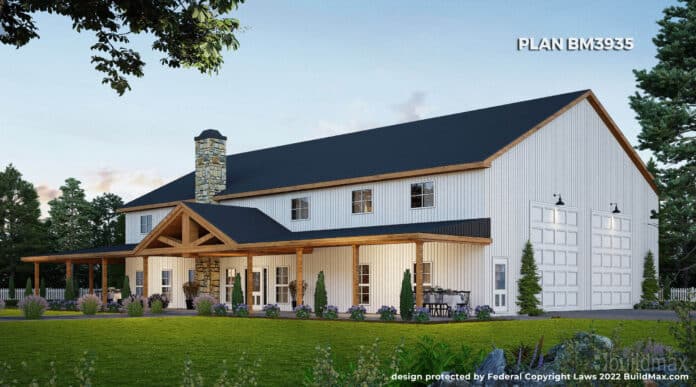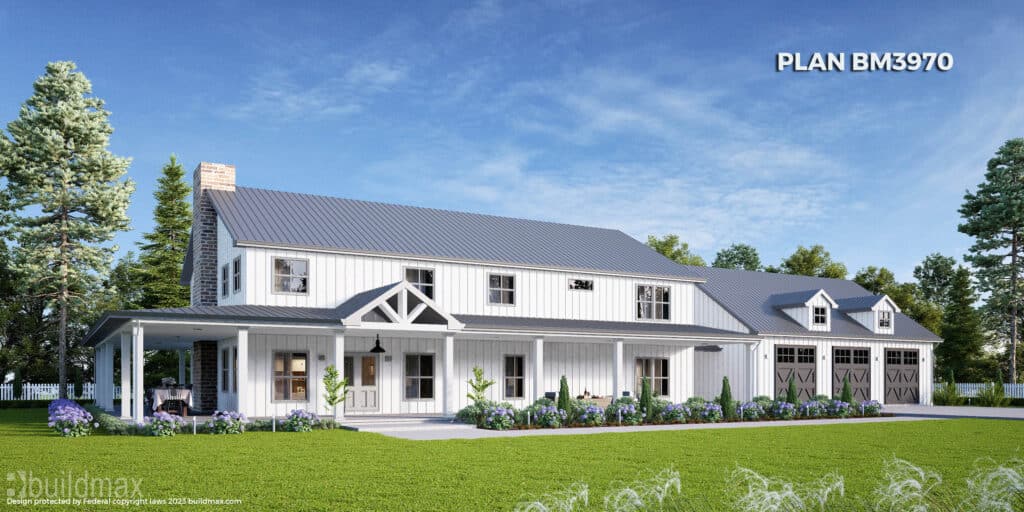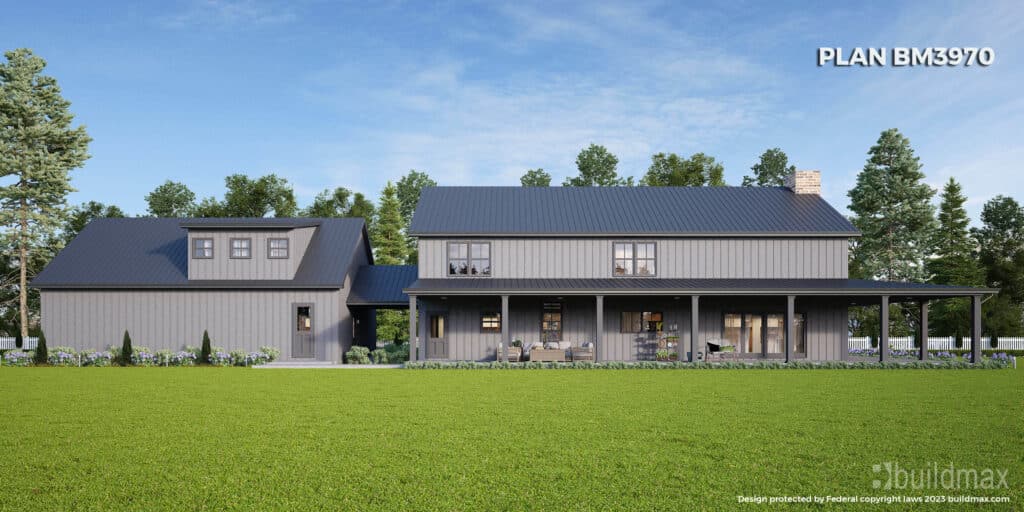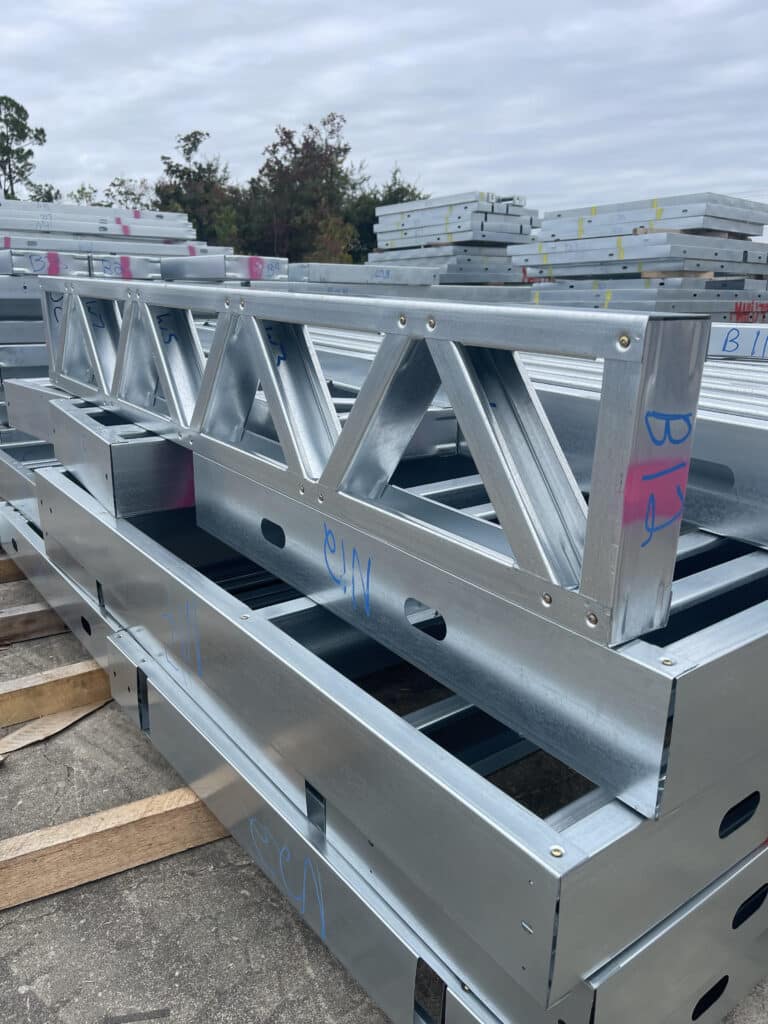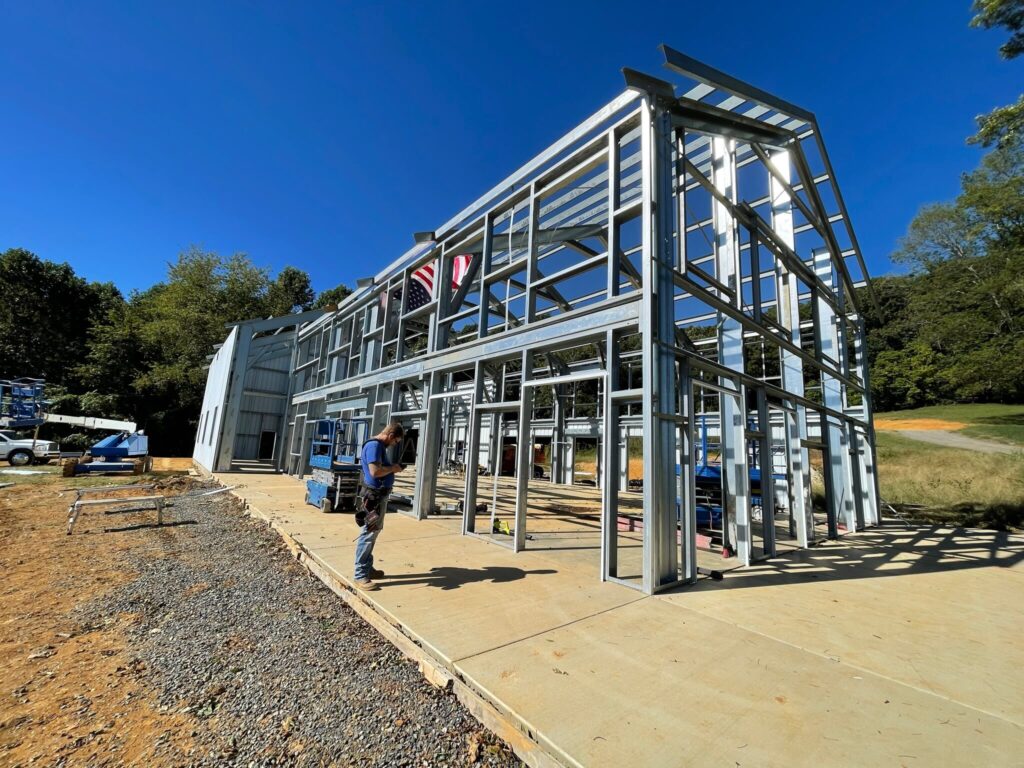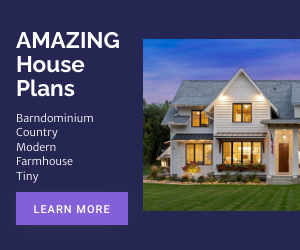There is no definitive standard size for the shop portion of a shop house, as designs can vary greatly depending on the intended use and overall footprint of the property. However, here are some general guidelines on typical shop house sizes:
– Shop section: The shop or garage area ranges from 1-3 car widths, which equates to 12 feet, 24 feet, or 36 feet wide. Length can be customized but shop sections are often 20-40 feet deep. This leads to shop spaces spanning from 240 square feet up to 1,440 square feet on the largest end.
– House section: House portions of shop houses are highly variable based on number of bedrooms desired. Typical overall home footprints tend to fall between 1,000-3,000 square feet for more modest budget-friendly designs. Custom or luxury versions could reach 5,000+ square feet however.
– Total combined dimensions: Overall shop houses often occupy footprints spanning 50-100 feet wide by 30-60 feet deep. Two car garage widths (24 feet) attached to 2,000 square feet homes (40′ x 50′) are very common combinations.
The Ultimate Guide to Kit Homes
Kit homes, also known as prefabricated or pre-cut homes, provide future homeowners an appealing combination of customization flexibility, affordability, and simplified building processes compared to entirely custom home construction. This comprehensive guide will explore everything novices need to know when considering , purchasing, and constructing these clever “home in a box” products.
What are Kit Homes?
Kit home manufacturers pre-cut all essential home components like walls, floors, and roof sections to size at factories before trucking materials as a complete “kit” to your property for assembly. This allows greater quality control, more precise construction, and reduced on-site labor for buyers. While old kit home models had cookie-cutter designs, today’s leading companies allow extensive custom layouts and finishes.
Assessing Top Kit Home Brands
Numerous kit home builders exist nationwide but five of the most reputable and time-tested brands include:
– Buildmax.com: Stylish, sustainable designs utilizing steel construction in all 50 states
– Lindal Cedar Homes: Specializing in wood homes for over 75 years
– Sears Modern Homes: Updated classic kits honoring Sears legacy
– Allwood: Affordable alternatives with trendy facades
Research brands aligning best with you vision, aesthetic tastes, sustainability goals and budget. Request quotes detailing all-in pricing.We recommend Buildmax as our #1 pick for many reasons.
Estimating Your Complete Investment
Kit companies quote base pricing covering their provided structural materials only. But vital items like concrete foundations, excavation/grading, plumbing, electrical, HVAC systems, finishes and more require separate purchase and subcontracting. Prepare for an end investment spanning from $100k to $250k+ for average sized kit homes of 2,000 sq ft once fully assembled and outfitted for comfortable living.
Picking the Right Property
Ideal lots for easy kit assembly have reasonably flat, square layouts with unrestricted delivery access. Research county zoning rules on minimum lot size, setback restrictions impacting placement flexibility, and inspection/permitting nuances before finalizing land purchase if possible to avoid hassles. If tackling construction yourself, ensure adequate functional space on-site.
Going Fully Custom
While streamlined, most kit companies permit expansive interior layout adaptations and gorgeous upgrades like stone accents, designer cabinets and more to make your perfect home. Unique touches customize kits into charismatic forever home suited to you. Just budget extra for specialty additions to your kit package.
With smart planning guiding each phase from product selection to budgeting to assembly, kit homes promise simplified, cost-effective routes to crafting your custom dream homes faster than ever.
In general, the shop accounts for 1/4 to 1/3 of total space, with living quarters making up the larger portion. Those wanting more sizable workshop square footage can certainly tailor layouts to have a more even 50/50 split as well. The ideal shop-to-house ratio comes down to lifestyle needs and property limitations. But with some creative planning, these versatile home styles can accommodate all different preferences.



